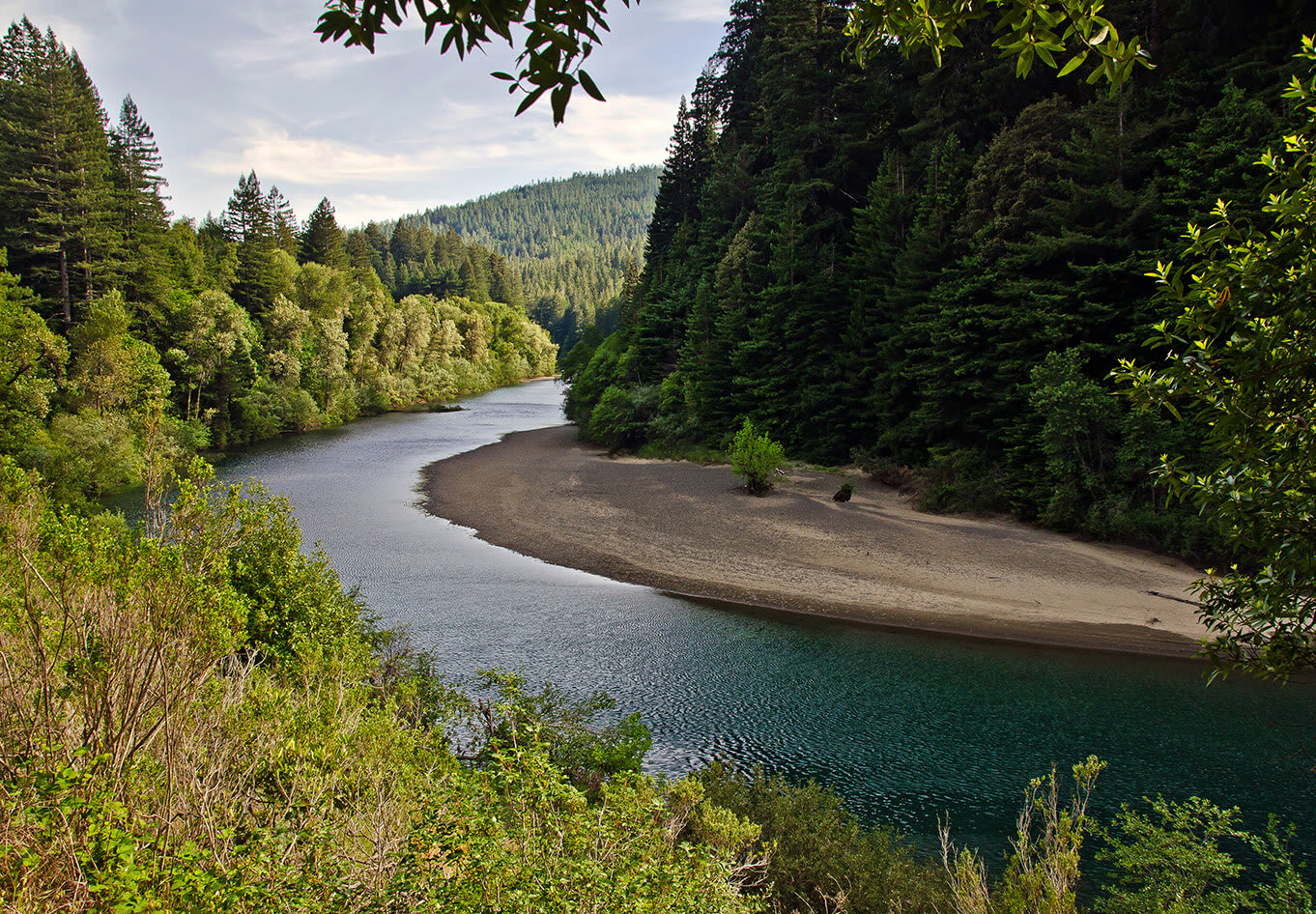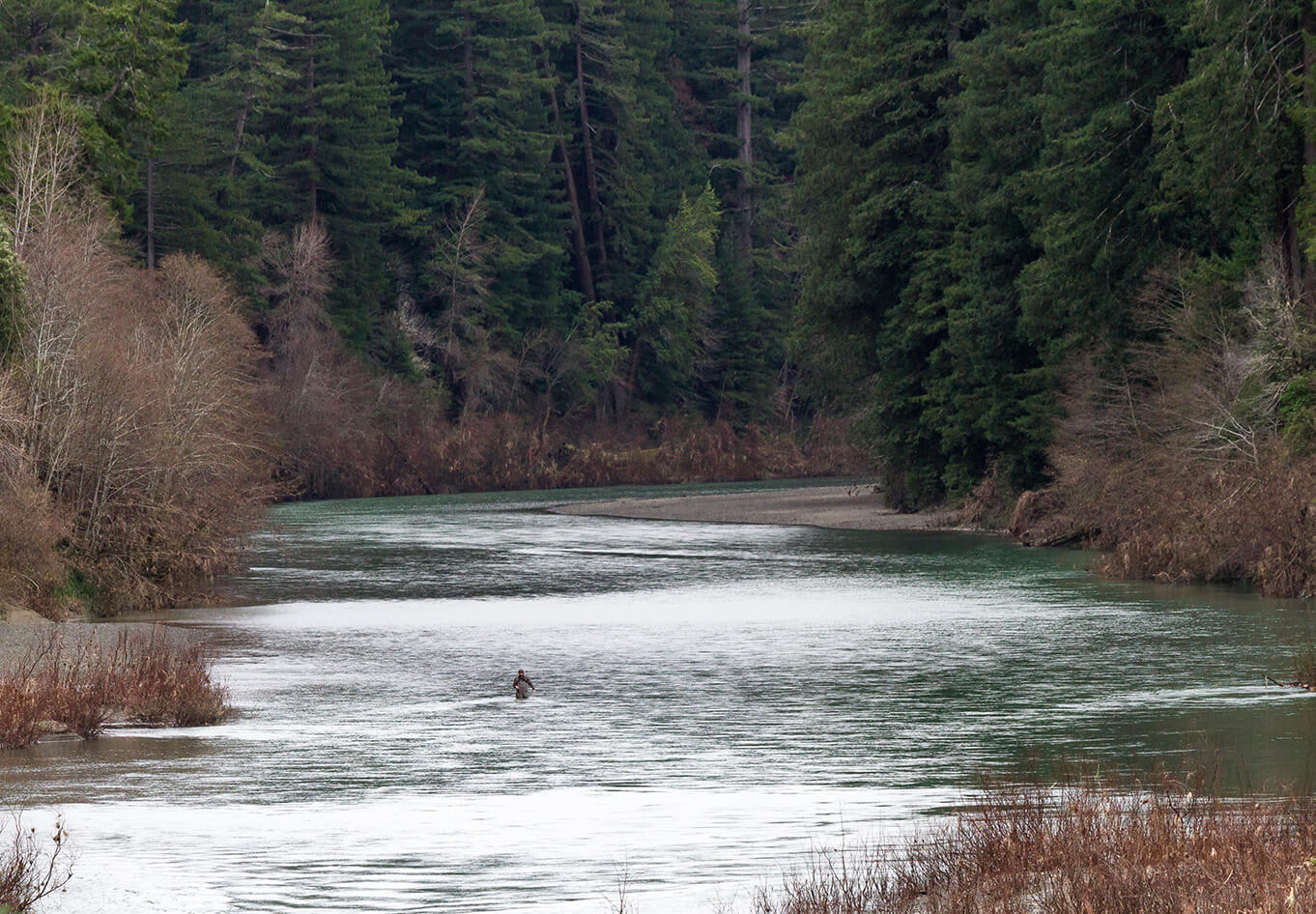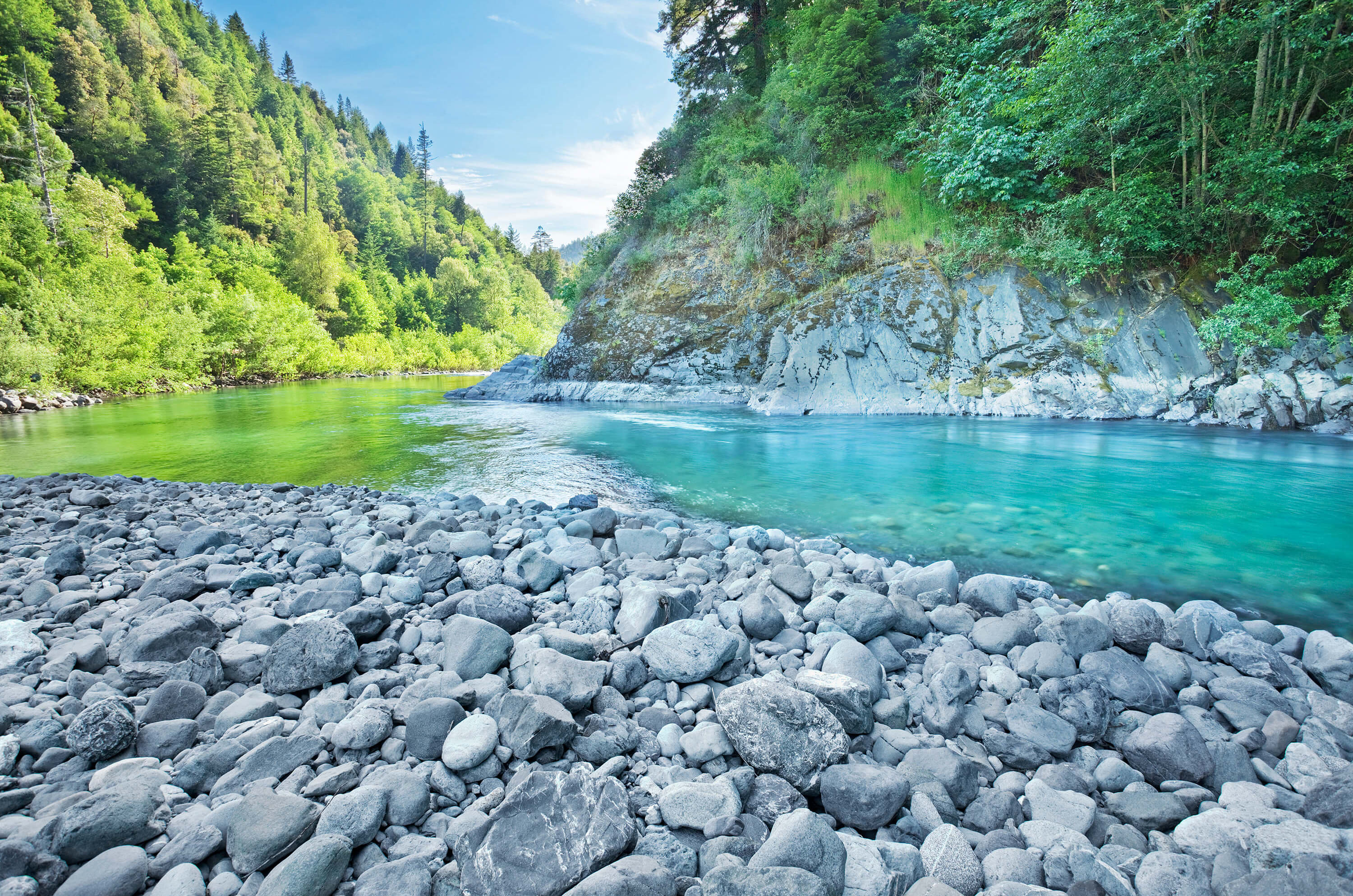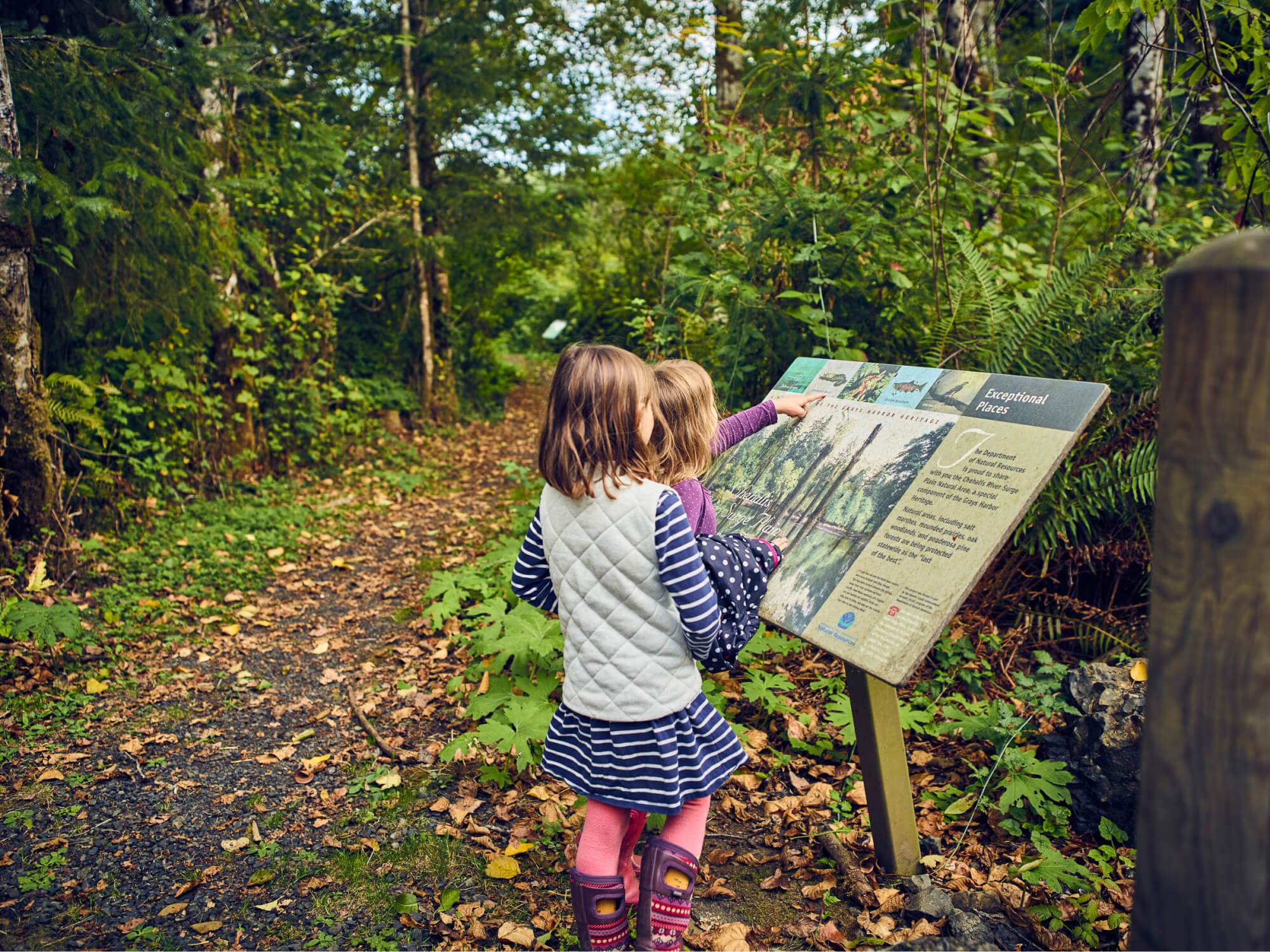In 2012, Western Rivers Conservancy completed a special project that we hope will inject new life into one of the most important estuaries on the California coast, the Eel River estuary. The Eel is California’s third largest river, and its mouth once formed a mosaic of tidal flats, sloughs, marshes and seasonal wetlands on the state’s remote North Coast.
Part of the Eel River estuary is formed by the Salt River, which flows into the Eel from the south. Upstream from the confluence, on the Salt River, WRC conveyed a former dairy farm to the California Department of Fish and Wildlife (CDFW). The project turns 440 acres of potentially outstanding fish and waterfowl habitat over to the agency for long-term restoration and protection.
CDFW identified the property as possibly the most beneficial restoration project within the entire watershed. With transfer of the lands to CDFW, the agency can continue restoration efforts which it began soon after WRC purchased the property in 2006. CDFW will breach levies and disable tide gates that have choked much of the life out of this important estuary. It will rejuvenate habitat for more than 30 species of fish, including salmon and cutthroat trout, and reestablish feeding and nesting sites for shorebirds like western yellow-billed cuckoo and marbled godwit.
Our work on the Eel River estuary is supported by grants from the S.D. Bechtel, Jr. Foundation, the Campbell Foundation, Heller Charitable and Educational Fund and the Dean Witter Foundation.









